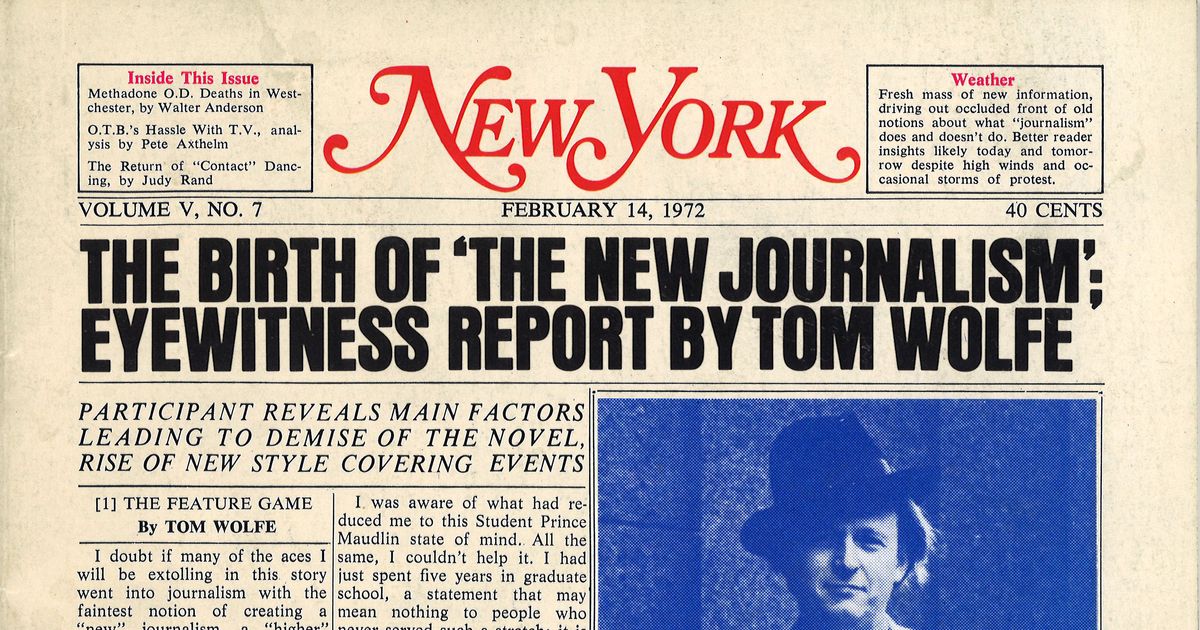News Articles Fundamentals Explained
News Articles Fundamentals Explained
Blog Article
Some Known Incorrect Statements About News Articles
Table of ContentsNews Articles Can Be Fun For AnyoneHow News Articles can Save You Time, Stress, and Money.Facts About News Articles RevealedGetting My News Articles To WorkThe Single Strategy To Use For News Articles
Excellent knowledge of various topics offers trainees an one-upmanship over their peers. Despite the fact that electronic and social networks are readily accessible, we need to not neglect just how important it is to read the papers. Moms and dads need to attempt and inculcate the routine of checking out a newspaper as a daily regimen to continue the legacy of the revered print medium.Information tales additionally have at the very least one of the adhering to vital attributes loved one to the intended target market: proximity, prestige, timeliness, human rate of interest, quirk, or repercussion.
Within these limits, news tales also aim to be thorough. Nevertheless, other elements are entailed, some stylistic and some stemmed from the media type. Amongst the bigger and a lot more highly regarded papers, fairness and balance is a significant consider providing information. Discourse is typically restricted to a different area, though each paper might have a different overall angle.
Papers with an international audience, for instance, often tend to make use of a much more official style of composing. The certain selections made by an information electrical outlet's editor or editorial board are typically collected in a style guide; usual style guides consist of the and the United States News Style Book. The main goals of news writing can be summarized by the ABCs of journalism: precision, brevity, and clarity.
Not known Incorrect Statements About News Articles
As a guideline, reporters will not use a long word when a short one will do. News authors attempt to prevent utilizing the same word more than as soon as in a paragraph (often called an "resemble" or "word mirror").
Headlines sometimes omit the subject (e.g., "Leaps From Watercraft, Catches in Wheel") or verb (e.g., "Feline lady lucky"). A subhead (likewise subhed, sub-headline, subheading, subtitle, deck or dek) can be either a secondary title under the major heading, or the heading of a subsection of the short article. It is a heading that precedes the major message, or a group of paragraphs of the primary text.

Additional billboards of any of these types might appear later on in the article (specifically on subsequent pages) to lure further analysis. Such signboards are also utilized as reminders to the write-up in other sections of the publication or website, or as promotions for the piece in various other magazine or sites. Normal structure with title, lead paragraph (summary in strong), various other paragraphs (details) and call details.

Example of a hard-lead paragraph NASA is recommending another room project. The firm's budget plan demand, announced today, included a strategy to send an additional mission to the Moon. This moment the firm wants to establish a long-term facility as a jumping-off factor for other area adventures. The budget plan requests around $10 billion for the job.
An "off-lead" is the 2nd most vital front page information of the day. To "bury the lead" is to start the short article with background information or details of second importance to the visitors, compeling them to check out more deeply into a write-up than they need to have to in order to uncover the Clicking Here necessary points.
Excitement About News Articles
Common usage is that or 2 sentences each form their own paragraph. Reporters usually explain the organization or structure of a newspaper article as an upside down pyramid. The necessary and most intriguing aspects of a story are put at the start, with sustaining details adhering to in order of reducing relevance.
It enables individuals to check out a topic to only the deepness that their inquisitiveness takes them, and without the imposition of information or nuances that they could think about irrelevant, yet still making that information offered to more interested readers. The inverted pyramid framework likewise makes it possible for articles to be cut to any kind of approximate length during format, to suit the space available.
Some writers start their stories with the "1-2-3 lead", yet there are numerous kinds of lead offered. This layout usually starts with a "5 Ws" opening up paragraph (as explained above), complied with by an indirect quote that serves to sustain a major aspect of the initial paragraph, and then a direct quote to support the indirect quote. [] A kicker can describe several things: The last story in the news broadcast; a "pleased" tale to end the site link program.
Longer write-ups, such as magazine cover articles and the pieces that lead the inside sections of a paper, are understood as. Feature stories differ from straight news in several ways.
Things about News Articles
The reporter usually details interactions with interview subjects, making the item a lot more personal. An attribute's first paragraphs commonly relate an appealing minute or event, as in an "unscientific lead". From the particulars of an individual or episode, its view quickly widens to generalizations about the News Articles story's topic. The area that signals what a function is around is called the or signboard.

The Editor's Toolbox: A Referral Guide for Beginners and Professionals (2001) Allan M. Siegal and William G. Connolly. The New York Times Manual of Style and Usage: The Official Style Overview Utilized by the Writers and Editors of the World's Many Reliable Newspaper (2002) M. L. Stein, Susan Paterno, and R.
Report this page